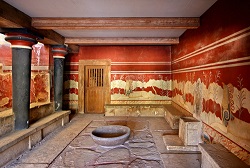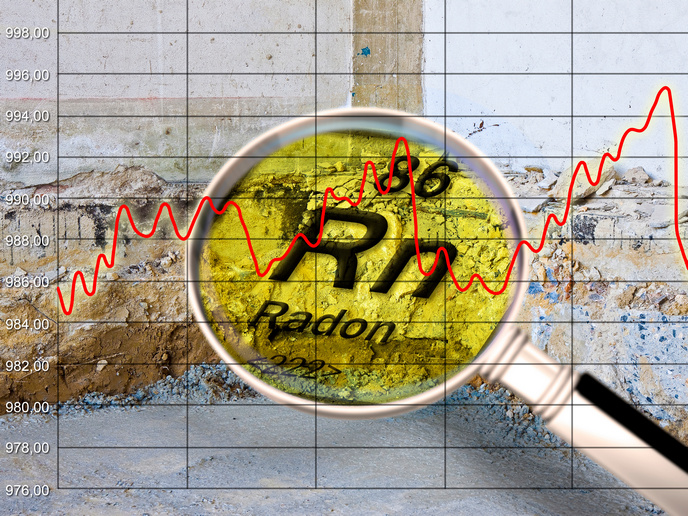Cultural heritage given platform to cope with climate change
The impressive diversity of cultural heritage assets in Europe, together with a range of different climatic regions, creates a complex picture that requires different adaptation policies for conservation. The EU-funded HERACLES (HEritage Resilience Against CLimate Events on Site) project has sought to address these challenges by developing a modular IT platform system that allows for customisation suited to different needs and standards. The platform collects and integrates multisource information – including satellite imagery of heritage sites – to support informed maintenance and conservation decisions. The HERACLES project brings together information gathered from multiple sources, notably end users, in a kind of crowd sourcing cultural heritage exercise. Context analysis, site health analysis and risk analysis feed into the platform, which then delivers historic data, thematic maps and 3D models. Conservationists and archaeologists can use these outputs to gain access to run analyses that take into account climatic change impacts and develop specific models for monitoring and mitigating these risks. The platform will be commercially available to cultural heritage decision-makers upon project completion in April 2019. “What makes this platform unique is that it can provide a huge amount of data that is targeted to specific site needs,” explains project coordinator Dr Giuseppina Padeletti from the National Research Council in Italy. “To the best of my knowledge, there is nothing like this currently available.” Other platforms for example might provide data that can only be used in specific circumstances. On top of this, the HERACLES project also aims to raise awareness of the need for climate change resilience within the cultural heritage sector, a complex domain that involves so many social, political and expert actors and issues. “We want to create a more culturally conscious society,” adds Dr Padeletti. Putting findings into practice All work has been validated at two challenging cultural heritage sites – the historic town of Gubbio in central Italy and Heraklion on the Greek island of Crete. These sites were selected because they exemplify the threats posed by climate change to cultural heritage. “We began by studying the key problems affecting both of these sites, with the aim of developing generalised methods and solutions that are applicable across Europe,” explains Dr Padeletti. “We also wanted to select two sites where people live and work, and which are part of the fabric of daily life.” Gubbio, located in a seismic region in Umbria, is a beautiful Medieval town built into the side of a mountain. Like many medieval towns, it is ill-equipped to deal with high intensity rainfall, which can cause landslides and erosion. In Heraklion on the Greek island of Crete meanwhile, rising sea levels and intense waves threaten the sea fortress of Koules, while high winds and salty air are corroding the 4 000-year-old Palace of Knossos, home of the mythical Minotaur and one of the finest examples of early Mediterranean civilisation. The team confirmed that climate change poses an existential threat in numerous ways. For cultural sites, this can mean monuments being swept into the ocean due to rising sea levels and more intense storms or being gradually eroded due to heavy rains and landslides. No matter where a cultural asset is, the effects of climate change are present. Building up resilience The HERACLES project has also sought to raise awareness about cultural heritage being an integral and vital part of European daily life. “There is a strong social and economic aspect to cultural heritage,” notes Dr Padeletti. “Local people often feel incredible attachment to the cultural heritage that surrounds them and often depend on heritage sites for economic revenue through tourism. In this respect, historic towns are living assets that the inhabitants feel motivated to protect.” At the same time, Europe has experienced serious economic crises that have led to spending constraints and tightened public investments. Cultural heritage is not always viewed as a priority by governments. In this respect, the HERACLES platform will help decision-makers to prioritise restoration and development work. New methodologies and protocols on identifying sites in need of climate resilience have also been developed and are now freely available on the project’s website. As the project enters its final year, Dr Padeletti is looking forward to collecting more data and further refining the platform. Providing access to targeted data on climate change resilience will help to ensure that future generations are able to enjoy our shared European heritage in places such as Gubbio and Heraklion.
Keywords
HERACLES, climate change, Gubbio, Heraklion, Crete, Knossos, Koules, Mediterranean, history, society, civilisation, community, climate change, conservation, archaeology, erosion, platform







